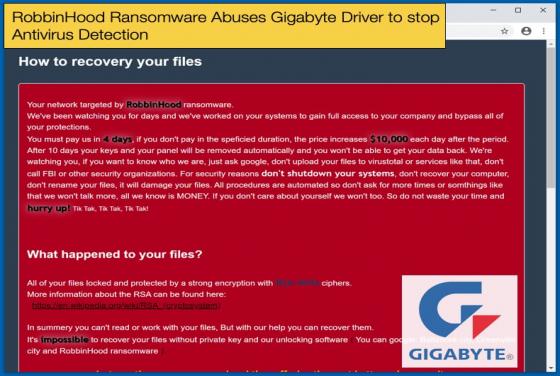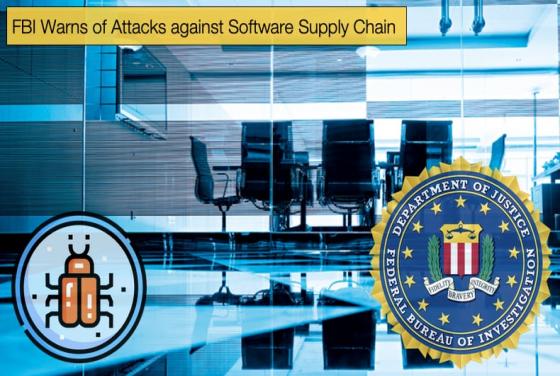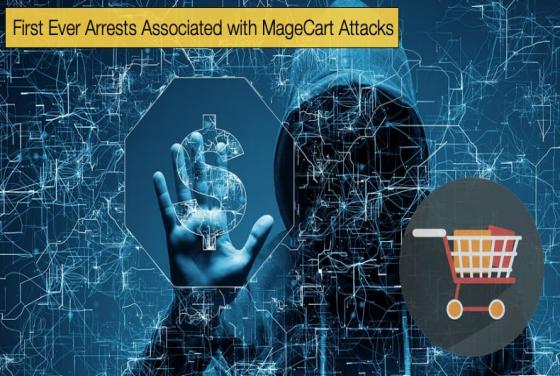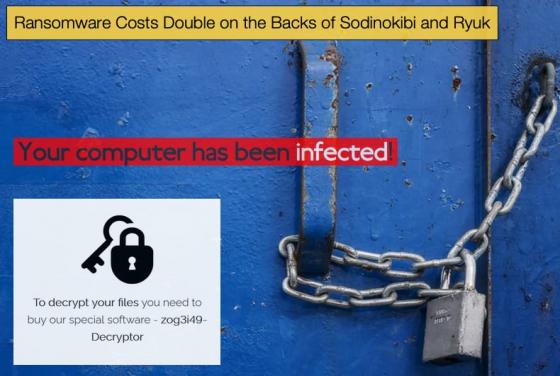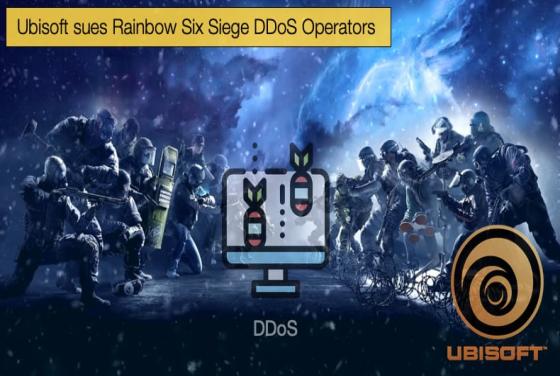

LokiBot Distributed via Fake Game Launcher
Since 2015 the trojan LokiBot has been used by cybercriminals to create backdoors into Windows machines. Its continued popularity can be partly attributed to the various and often novel ways it has been distributed in the past and the tactics it employs to infect machines. In the past researchers ha
